Features of Hybrid Cloud
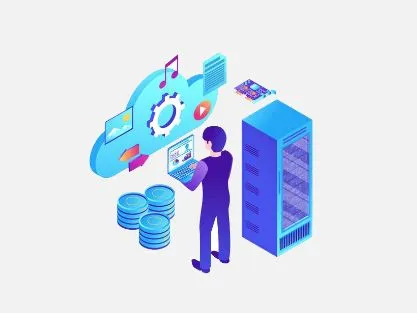
Security Complications
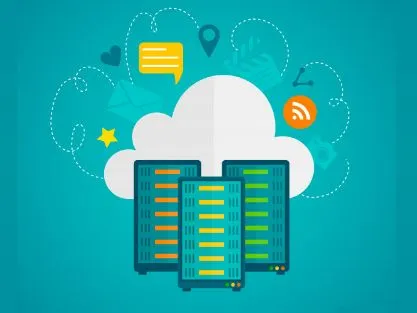
Bottleneck Possibilities
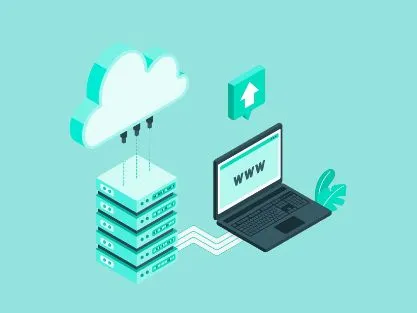
A combination of different cloud environments that enables you to build and manage data across any cloud with a common platform
A hybrid cloud is a cloud computing environment that uses a mix of on-premises, private cloud, and third-party, public cloud services with orchestration between these platforms. This typically involves a connection from an on-premises data center to a public cloud. The connection also can involve other private assets, including edge devices or other clouds.
To understand what hybrid cloud is, it is essential to know the key differences between public, private, and hybrid cloud.
A hybrid cloud is a cloud computing environment that uses a mix of on-premises, private cloud, and third-party, public cloud services with orchestration between these platforms. This typically involves a connection from an on-premises data center to a public cloud. The connection also can involve other private assets, including edge devices or other clouds.
To understand what hybrid cloud is, it is essential to know the key differences between public, private, and hybrid cloud.
A hybrid cloud is a cloud computing environment that uses a mix of on-premises, private cloud, and third-party, public cloud services with orchestration between these platforms. This typically involves a connection from an on-premises data center to a public cloud. The connection also can involve other private assets, including edge devices or other clouds.
To understand what hybrid cloud is, it is essential to know the key differences between public, private, and hybrid cloud.
One of the most common cloud computing types, public cloud services, is third-party offerings that incorporate various cloud resources. Public clouds are owned, maintained, and managed by third-party cloud service providers, such as Microsoft Azure.
Organizations that use a public cloud computing solution are often referred to as a "cloud tenant". They access the same infrastructure, network devices, storage, and hardware as other enterprises on the public cloud network.
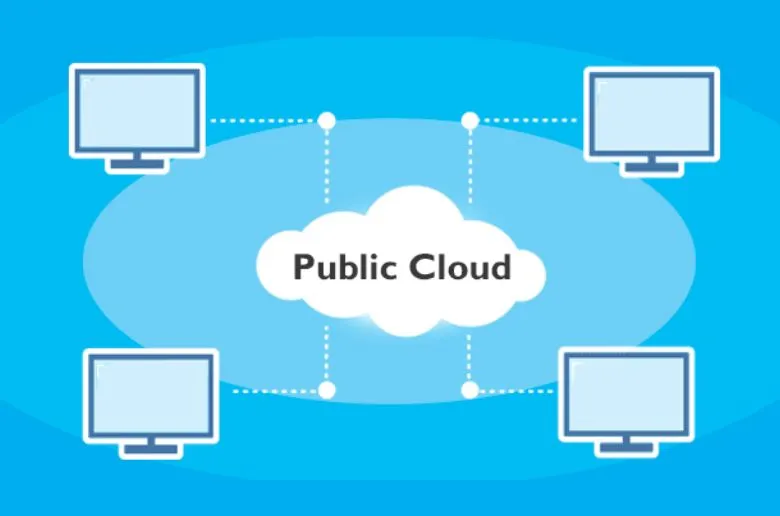
One of the most common cloud computing types, public cloud services, is third-party offerings that incorporate various cloud resources. Public clouds are owned, maintained, and managed by third-party cloud service providers, such as Microsoft Azure.
Organizations that use a public cloud computing solution are often referred to as a "cloud tenant". They access the same infrastructure, network devices, storage, and hardware as other enterprises on the public cloud network.
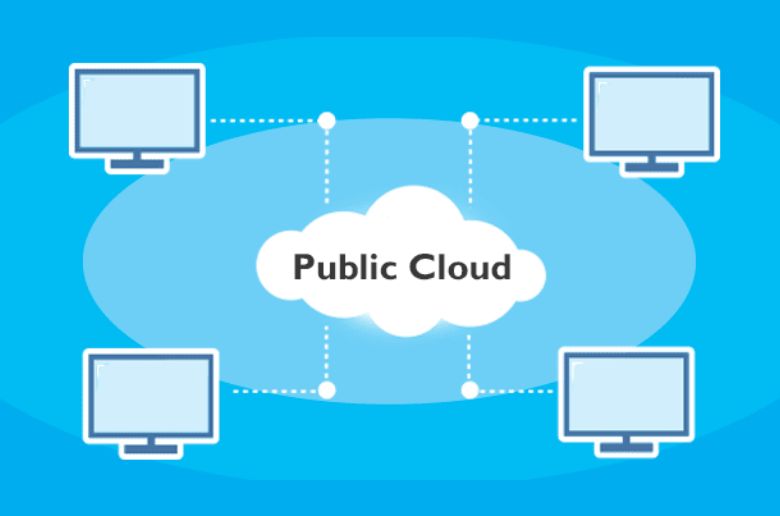

One of the most common cloud computing types, public cloud services, is third-party offerings that incorporate various cloud resources. Public clouds are owned, maintained, and managed by third-party cloud service providers, such as Microsoft Azure.
Organizations that use a public cloud computing solution are often referred to as a "cloud tenant". They access the same infrastructure, network devices, storage, and hardware as other enterprises on the public cloud network.

In a private cloud computing environment, only one organization uses the cloud resources. Infrastructure and services are managed in-house, on a private network, with software and hardware exclusively tailored for a single user.
Private clouds, often deployed by financial institutions and government agencies, provide enhanced security and a simple way to customize resources for a range of IT-specific needs.
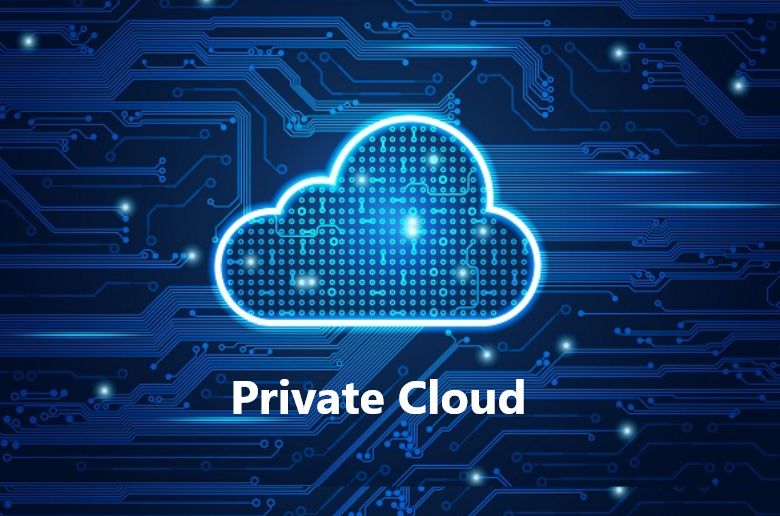
In a private cloud computing environment, only one organization uses the cloud resources. Infrastructure and services are managed in-house, on a private network, with software and hardware exclusively tailored for a single user.
Private clouds, often deployed by financial institutions and government agencies, provide enhanced security and a simple way to customize resources for a range of IT-specific needs.

In a private cloud computing environment, only one organization uses the cloud resources. Infrastructure and services are managed in-house, on a private network, with software and hardware exclusively tailored for a single user.
Private clouds, often deployed by financial institutions and government agencies, provide enhanced security and a simple way to customize resources for a range of IT-specific needs.

The public cloud feature offers a highly scalable architecture, while the private cloud element provides tight security for sensitive information.
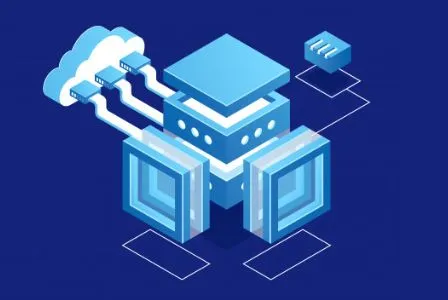
The enhanced computing power offered by the mix of private and public cloud environments allows organizations to deal with diverse data categories.

The private cloud architecture enables enterprises to manage operations, critical information, and assets. In contrast, the public cloud computing model simplifies the process of running advanced analytics programs and innovating new applications.
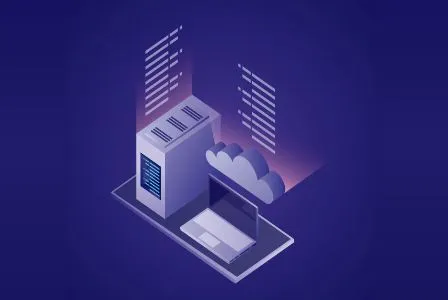
The hybrid cloud allows organizations to automate the deployment of resources, ensuring accurate resource allocation when scaling the infrastructure.

The hybrid cloud architecture delivers unmatched flexibility in scaling down to on-premises private cloud hardware or up to public cloud infrastructure. The hybrid cloud also offers businesses absolute control over systems, security, and policies, making resources accessible from anywhere at any time.

In today's fiercely competitive business atmosphere, organizations cannot limit their capacities. They must continue to test, develop prototypes, and release new products, reducing time to market. With on-demand, unlimited resources, hybrid cloud infrastructure makes this possible by enabling enterprises to respond swiftly to business threats, needs, and changes.

The public cloud feature offers a highly scalable architecture, while the private cloud element provides tight security for sensitive information.

The enhanced computing power offered by the mix of private and public cloud environments allows organizations to deal with diverse data categories.

The private cloud architecture enables enterprises to manage operations, critical information, and assets. In contrast, the public cloud computing model simplifies the process of running advanced analytics programs and innovating new applications.
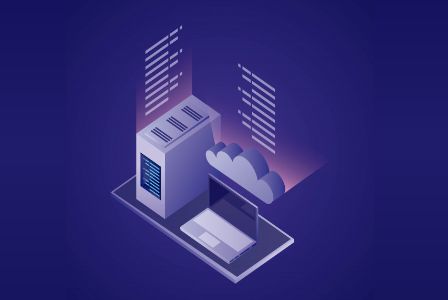
The hybrid cloud allows organizations to automate the deployment of resources, ensuring accurate resource allocation when scaling the infrastructure.

The hybrid cloud architecture delivers unmatched flexibility in scaling down to on-premises private cloud hardware or up to public cloud infrastructure. The hybrid cloud also offers businesses absolute control over systems, security, and policies, making resources accessible from anywhere at any time.

In today's fiercely competitive business atmosphere, organizations cannot limit their capacities. They must continue to test, develop prototypes, and release new products, reducing time to market. With on-demand, unlimited resources, hybrid cloud infrastructure makes this possible by enabling enterprises to respond swiftly to business threats, needs, and changes.

The public cloud feature offers a highly scalable architecture, while the private cloud element provides tight security for sensitive information.

The enhanced computing power offered by the mix of private and public cloud environments allows organizations to deal with diverse data categories.

The private cloud architecture enables enterprises to manage operations, critical information, and assets. In contrast, the public cloud computing model simplifies the process of running advanced analytics programs and innovating new applications.

The hybrid cloud allows organizations to automate the deployment of resources, ensuring accurate resource allocation when scaling the infrastructure.

The hybrid cloud architecture delivers unmatched flexibility in scaling down to on-premises private cloud hardware or up to public cloud infrastructure. The hybrid cloud also offers businesses absolute control over systems, security, and policies, making resources accessible from anywhere at any time.

In today's fiercely competitive business atmosphere, organizations cannot limit their capacities. They must continue to test, develop prototypes, and release new products, reducing time to market. With on-demand, unlimited resources, hybrid cloud infrastructure makes this possible by enabling enterprises to respond swiftly to business threats, needs, and changes.



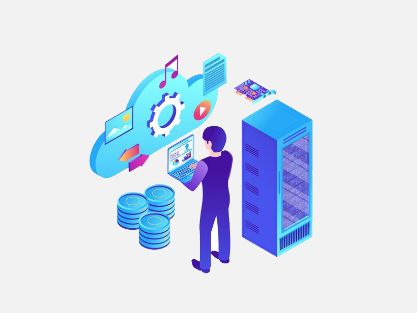
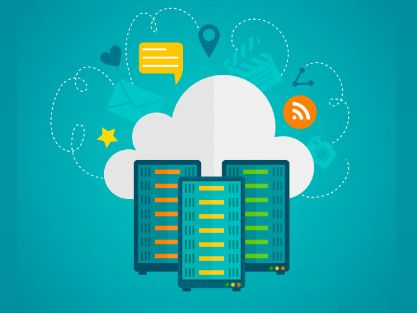
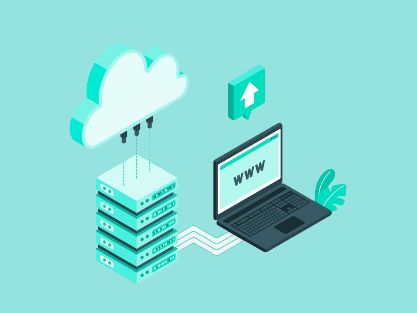




Q&A
A hybrid cloud is a computing environment that combines a public cloud and a private cloud by allowing data and applications to be shared between them.
Q&A
A hybrid cloud is a computing environment that combines a public cloud and a private cloud by allowing data and applications to be shared between them.
Q&A
A hybrid cloud is a computing environment that combines a public cloud and a private cloud by allowing data and applications to be shared between them.
Copyright © 2020- 2021 Resemblesystems.com, All rights reserved.
Copyright © 2020- 2021 Resemblesystems.com, All rights reserved.
Copyright © 2020- 2021 Resemblesystems.com, All rights reserved.